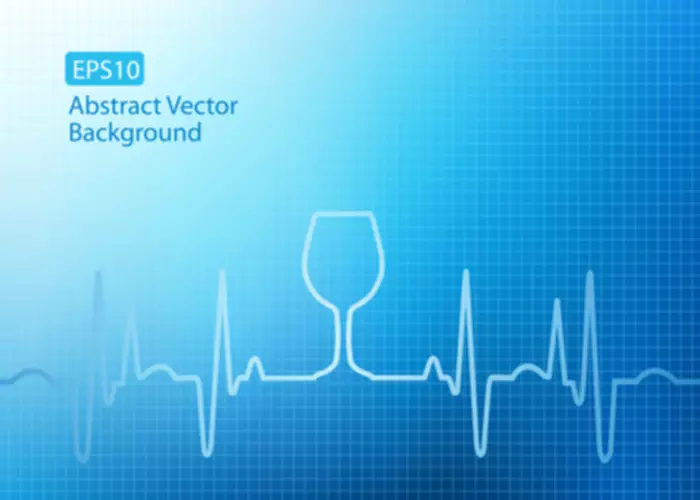No products in the cart.
Alcoholism: Terms to Know, Common Signs, Intervention

A recent review found that Alcoholics Anonymous led to higher rates of abstinence from alcohol long term compared to other treatments. One of the key reasons, according to the data, is that people continue to participate for years after they have completed the 12-step program. AA is not for everyone and there are plenty of different treatment options, but it can be successful and meaningful for those who choose it. Before it becomes problematic, why do people turn to alcohol in the first place?
Understanding Alcoholism and the Signs of Severe Drinking Problems

Over time, drinking excess alcohol can change areas of your brain, including one that senses pleasure and another that helps with self-control. Because your brain stops functioning properly, you may crave alcohol even more. Clinicians in the general medical setting should evaluate for sequelae of chronic alcohol use, which are many, given alcohol’s widespread effects on various organ systems.
Health risks of alcohol use
- It may lead to liver diseases, such as fatty liver disease and cirrhosis.
- For most adults, moderate alcohol use is probably not harmful.
- When healthcare providers screen for this condition, they look at drinking behavior patterns within the last year to determine a diagnosis.
- Someone with an alcohol addiction who has remained sober for months or years may find themselves drinking again.
- Treatment for AUD can differ from person to person but sometimes starts with detoxification (detox).
Wernicke-Korsakoff syndrome is a degenerative brain disorder that causes mental confusion, vision problems, lack of coordination, and memory problems, among other symptoms. Adolescents are also likely to binge drink, which can lead to serious consequences, including injury and death. Relapsing doesn’t mean that treatment has failed, though — it takes time to change behavior. You can work with a health professional to try new treatments that may work better for you. It is a multifaceted and complex disease, so while someone may inherit a predisposition to the disorder, genes do not fully determine a person’s outcome.
What is considered 1 drink?
In a primary alcohol, the carbon with the OH group has 1 alkyl group attached to it. In a secondary alcohol, the number of attached alkyl groups is 2. See your doctor if you begin to engage in behaviors that are signs of alcohol use disorder or if you think that you may have a problem with alcohol. alcoholism You should also consider attending a local AA meeting or participating in a self-help program such as Women for Sobriety. In some people, the initial reaction may feel like an increase in energy. But as you continue to drink, you become drowsy and have less control over your actions.
Treatment and Medication Options for Alcohol Use Disorder
- Therapy is useful to help teach someone how to manage the stress of recovery and the skills needed to prevent a relapse.
- Given the diverse biological processes that contribute to AUD, new medications are needed to provide a broader spectrum of treatment options.
- The reason may be that alcohol tamps down working memory and therefore sparks people to think outside the box.
Group meetings are available in most communities at low or no cost, and at convenient times and locations—including an increasing presence online. This means they can be especially helpful to individuals at risk for relapse to drinking. Combined with medications and behavioral treatment https://ecosoberhouse.com/ provided by health care professionals, mutual-support groups can offer a valuable added layer of support. Just as some people with diabetes or asthma may have flare-ups of their disease, a return to drinking can be seen as a temporary setback to full recovery and not as a failure.
Risk Factors

The more symptoms you have, the more urgent the need for change. A health care provider can look at the number, pattern, and severity of symptoms to see whether AUD is present and help you decide the best course of action. There are effective ways to treat this disease and steps you can take to help a loved one enter recovery.


Find a treatment center using the Psychology Today Therapy Directory. It’s important to note that since OH is a bad leaving group, the conversion of OH into a better leaving group is a required step in the mechanism of every alcohol substitution reaction. You can read more about these hydration reactions in our article on alkenes.

